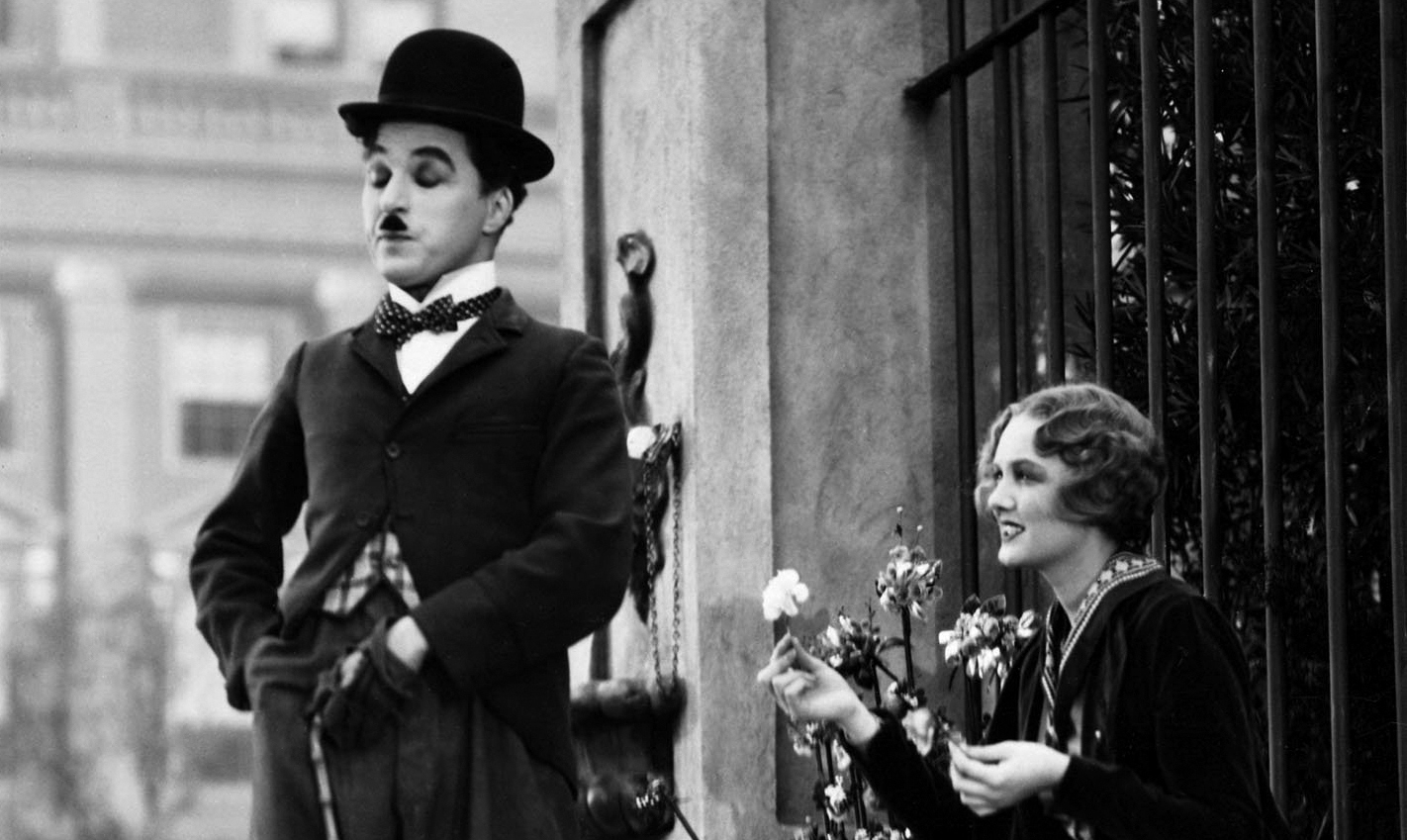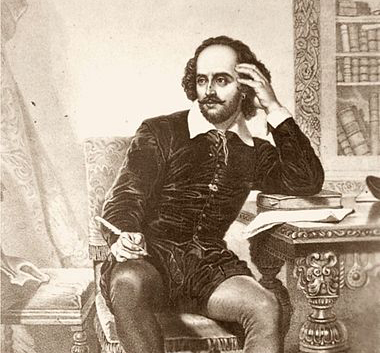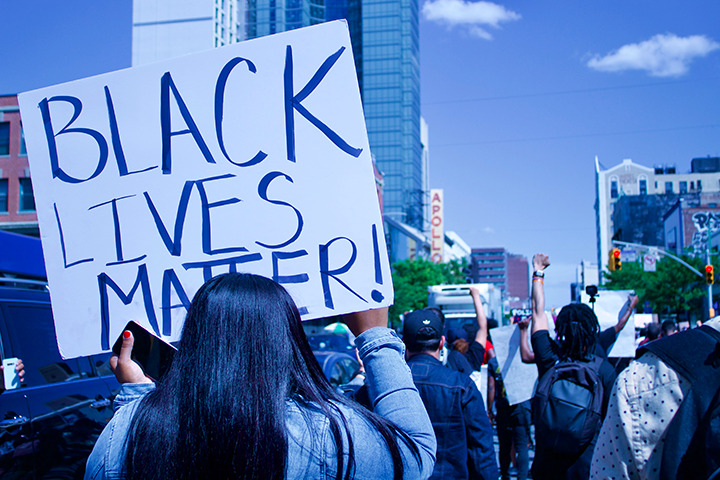As a teacher in an undergraduate composition course for incoming freshmen, one of the great joys I have experienced is setting the stage for analytical writing with a variety of reading experiences. In fact, I have discovered a new-found love for analysis by teaching composition in this way. This process usually begins midway through the semester, after we have worked as a class on narrative writing and expository essays. We conclude the teaching cycle, after analysis, with argument and research-based writing.
What makes this part of teaching writing so exciting for me (and I hope for my students) is the approach I can take to texts in varied forms. Indeed, analytical writing becomes a venue for exploring a variety of reading experiences, both on the page and on the screen. In this lesson plan, I will share what happens on the first three days of introducing this part of our writing journey, prior to students going out to find their own texts to analyze.
Day One: Analyzing with Chaplin
As an invitation to think about what text means and how texts work, I usually begin the first day of the lesson cycle by showing short clips from Charlie Chaplin’s film City Lights. This is a silent film, but the use of music, physical actions, and camera work helps to share many meanings within a short time frame.
In the first scene, we are introduced to the main characters (Chaplin’s tramp and a flower girl) and a romance begins to form. A variety of meanings are conveyed in this three- to five-minute segment, including the revelation that the girl is blind, that she mistakes the identity and social status of Chaplin’s character, and that Chaplin’s character falls in love with the flower girl.
After viewing, we discuss how each of the film’s elements helped to get all of the meanings across, including how the music contributed to the storyline. I then show a second clip that comes near the end of the film and wordlessly conveys the final outcome for the two characters. These two short clips form a basis for conversation, which leads to a brainstorming session with students about the texts they enjoy—with the ultimate goal of helping them to consider the text they will want to examine and then analyze in writing.
Day Two: Comparing the Way Texts Work
On the second day of the lesson, I bring a wide range of texts that I enjoy, including novels, comic books, and children’s books. We briefly look at some of these texts together, using a document camera or other means of displaying text, and we talk about how the texts work differently. Questions I ask include:
- How does the graphic novel use word bubbles and images?
- What do you notice about how this text works?
- What panel do you start with when you read the graphic novel?
- How does this reading experience compare to a novel or short story?
- What does the children’s book do for us that is both like and unlike the other two books?
I often use John Klassen’s book for children, I Want My Hat Back,because of its use of image and text, including wordless pages that communicate character changes. I also use The Arrival by Shaun Tan, a wordless graphic novel. At the conclusion of the discussion, I have students move to groups and I share a text with each group.
Students then create outlines of the features they would include in an analysis of the text, and we close by discussing the kinds of elements they can look for in their chosen texts for analysis.
Day Three: Modeling and Finding What Fits
The final day of the lesson is probably the most hectic of the lesson cycle, and it sets the stage for later work with research in the semester. On this day, students bring texts that they enjoy. I have students form groups, often based on the kinds of texts that they are choosing to write about.
For example, the last time I went through this lesson cycle, I had a group that focused on film, a group that focused on novels and short stories, and a group that focused on digital artwork. I am completely open to the kinds of texts students want to analyze, including children’s books. My rationale is that this element of choice creates interest, and I emphasize to students that the evaluation for the work is based on their level of analysis, rather than my assumptions about the complexity of the text they have chosen.
Conclusions, Adjustments, and Next Steps
For the students in my undergraduate class, I know that choice is premium. They are about to enter majors that will dictate much of what they read and study. Freshmen composition serves as one place where choice can continue, even into postsecondary education. In a K-12 setting, a similar approach with choice for readings can be implemented.
Short film clips, examples of rendered artwork, and children’s books can populate the curriculum at almost any level. For undergraduates, this brief writing cycle leads to a composition process that goes on for up to two more weeks as we compose together, revise, and discuss how analytical writing works.
From there, we begin to make connections between analysis and research writing, building on the texts students have chosen for analysis. Often, students choose to complete their final research paper based on this analytical work. Rather than treating these papers as two separate entities, I try to illustrate how essential analysis is when beginning to do the reading and planning work that is necessary for research composition. In this way, the introduction of analysis does not just cease with the submission of a paper—it goes on and plays out in other assignments, as well.
Jason DeHart is a PhD candidate in literacy studies at The University of Tennessee, Knoxville. DeHart has worked in the education profession for over a decade, and taught 8th-grade language arts at Ocoee Middle School in Cleveland, Tennessee.



